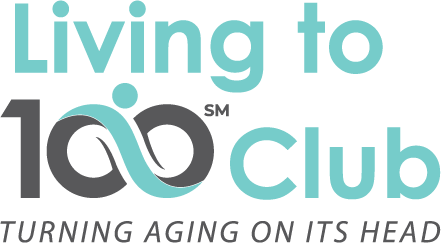Photo by Myriams-Fotos
Diabetes is a chronic disease that is caused by high levels of blood sugar, or glucose, that eventually causes damage to the heart, blood vessels, nerves, kidneys, and eyes. There are two types of diabetes, the most common being type 2 occurring in adults and happens when the body becomes resistant to insulin or does not produce enough insulin. The World Health Organization reports that over 420 million people have diabetes worldwide, with dramatic increases over the past few decades. Early diagnosis is critical as the longer a person lives with an undiagnosed and untreated condition, the worse the health outcomes. Treatment includes controlling blood sugar levels mostly through diet and physical activity levels, and when necessary medication, along with regular screenings.
The following is derived from the
Handbook of Health and Behavior: Psychological Treatment Strategies for the Nursing Home Patient
Joseph M. Casciani, PhD
This is part of a series where Dr. Casciani makes you aware of and informs you about series medical conditions your patient or loved one may be facing.
A more detailed, clinical, and complete description can be found in the handbook.
Medical Condition – DIABETES
The two major forms of diabetes, type 1 and type 2, share a central feature: elevated blood sugar levels due to absolute or relative insufficiencies of insulin, a hormone produced by the pancreas. Insulin is a key regulator of the body’s metabolism. After meals, food is digested in the stomach and intestines; carbohydrates are broken down into sugar molecules, of which glucose is one, and proteins are digested into their constituents, amino acids. Glucose and amino acids are absorbed directly into the bloodstream, and blood sugar levels rise. Normally, this signals the beta-cells of the pancreas to secrete insulin, which pours into the bloodstream. Insulin, in turn, enables glucose and amino acids to enter cells, importantly, muscle cells, where, along with other hormones, it directs whether these nutrients will be burned for energy or stored for future use. As blood sugar falls to pre-meal levels, the pancreas reduces the production of insulin, and the body uses its stored energy until the next meal provides additional nutrients.
In type 1 diabetes, also known as insulin-dependent or juvenile-onset diabetes, the cells in the pancreas that produce insulin, known as beta-cells, are gradually destroyed; eventually insulin deficiency is absolute. Without insulin to move glucose into cells, blood sugar levels become excessively high, a condition known as hyperglycemia. The sugar, which the body cannot use without insulin, spills over into the urine and is lost. Weakness, weight loss, and excessive hunger and thirst are among the consequences of this “starvation in the midst of plenty.” Patients become dependent on administered insulin for survival. Dietary control is very important and must focus on balancing food intake with insulin intake and energy expenditure from physical exertion.
Type 2 diabetes, also known as noninsulin-dependent or maturity-onset diabetes, is by far the more common type of diabetes. Most type 2 diabetics produce variable, even normal, amounts of insulin, but are insulin resistant; they have abnormalities in liver and muscle cells that block its action. Many type 2 diabetics, however, seem to be incapable of secreting enough insulin to overcome this resistance; it is likely in such cases that there is an additional defect in insulin secretion by the beta-cells. Obesity is common in type 2 diabetics and this condition appears to be related to insulin resistance. The primary goal for overweight type 2 patients is weight loss and maintenance. Studies indicate that when people with type 2 diabetes can maintain intensive exercise and diet modification programs, many can minimize or even avoid medications.
What are the Medical Consequences of a Stroke?
Increased risk for heart attack, stroke, angina, coronary artery disease; eye disease and blindness (diabetic retinopathy); kidney dysfunction and end stage renal disease; lower extremity amputations; skin conditions; depression; anxiety contributing to elevated cortisol levels, which adversely impact blood glucose levels; multiple medical complications (6.4 diagnoses ) vs. non-diabetic patients (2.4 diagnoses ).
What are Contributing Factors?
Obesity and eating disorders; stress increases blood glucose levels and decreases self-management behaviors; depression is an independent risk factor.
What Negative Attitudes can Develop?
• Dysfunctional beliefs leading to poor food choices: “I shouldn’t have to deprive myself of the food I want.” “It’s too hard to turn down that yummy food.” “I won’t feel so down/nervous if I can just have a piece of pie.” “It won’t hurt if I go off my diet. I’ll do better tomorrow.”
• Dysfunctional beliefs resulting in poor exercise compliance and weight reduction: “I can’t stand doing those exercises.” “Life is too difficult as it is without doing my exercises.” “It’s just hopeless. I’ll never be able to lose weight.” “It’s too painful to get out of bed. It’s best I take it easy today and wait until I feel better.”
• Absolute demands and expectations: “Only a doctor can stop my pain; no matter what I do I will still be in pain.” “My experience of pain is a matter of chance – like a roll of the dice. I have no control at all over my pain.”




